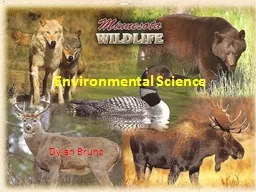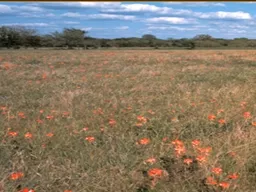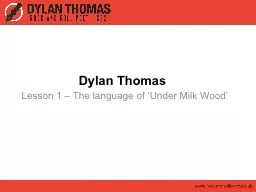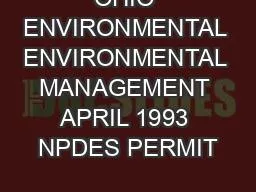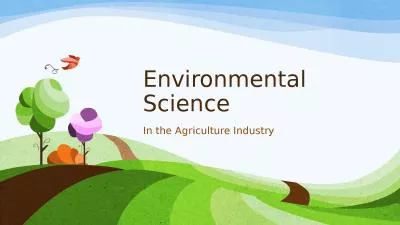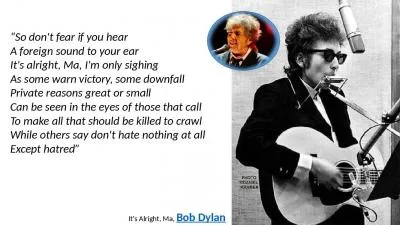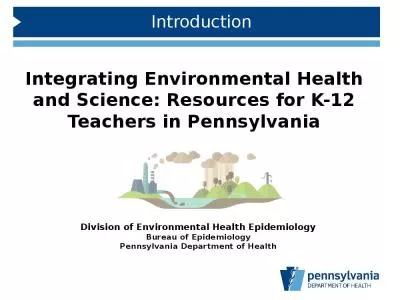PPT-Environmental Science Dylan
Author : tawny-fly | Published Date : 2019-06-30
Brunz Barn Owl Tyto alba Description The barn owl has a white heartshaped face and long legs Males have a whole white chest while females have a brownish chest
Presentation Embed Code
Download Presentation
Download Presentation The PPT/PDF document "Environmental Science Dylan" is the property of its rightful owner. Permission is granted to download and print the materials on this website for personal, non-commercial use only, and to display it on your personal computer provided you do not modify the materials and that you retain all copyright notices contained in the materials. By downloading content from our website, you accept the terms of this agreement.
Environmental Science Dylan: Transcript
Download Rules Of Document
"Environmental Science Dylan"The content belongs to its owner. You may download and print it for personal use, without modification, and keep all copyright notices. By downloading, you agree to these terms.
Related Documents

